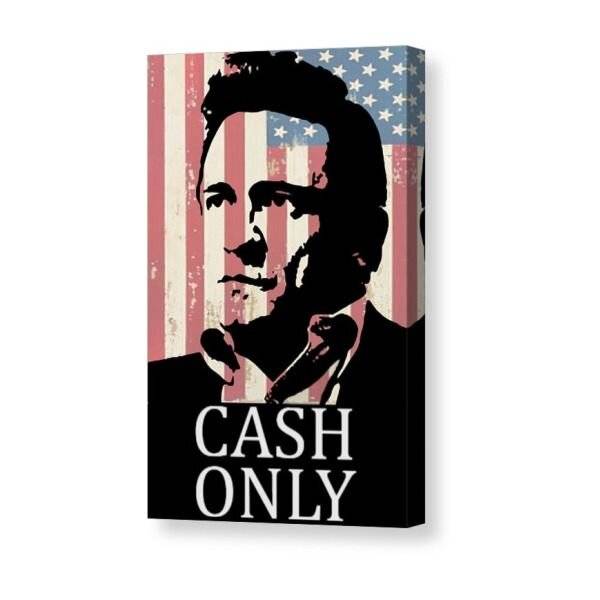
A foreign partnership filing Form 1065 solely to make an election must obtain an EIN if it doesn't already have one. Except as provided below, every domestic partnership must file Form 1065, unless it neither receives income nor incurs any expenditures treated as deductions or credits for federal income tax purposes. See What's New in 2022 Partnership Instructions for Schedules K-2 and K-3 (Form 1065).
- To make sure you do the filing the right way, you need all the partnership’s important year-end financial statements including a profit and loss statement displaying the net income and revenues, deductible expenses, and balance sheet for the beginning and end of the year.
- The rules for determining when a return must be filed electronically (see Electronic Filing, earlier) also apply to amended returns.
- If there is more than one type of income, attach a statement to Form 1065 that separately identifies each type and amount of income for each of the following categories.
- If the partnership doesn't have an EIN, it must apply for one in one of the following ways.
Individual partners need this amount to figure net earnings from self-employment under the farm optional method in Part II of Schedule SE (Form 1040). Enter each individual partner's distributive share in box 14 of Schedule K-1 using code B. If the partnership is engaged solely in the operation of a group investment program, earnings from the operation generally aren't self-employment earnings for either general or limited partners. In box 13, report the partner's distributive share of deductions related to portfolio income that are reported on line 13d of Schedule K using code I (for deductions related to royalty income) or L (for other deductions related to portfolio income). Generally, section 59(e) allows each partner to make an election to deduct their distributive share of the partnership's otherwise deductible qualified expenditures ratably over 10 years (3 years for circulation expenditures). The deduction is taken beginning with the tax year in which the expenditures were made (or for intangible drilling and development costs, over the 60-month period beginning with the month in which such costs were paid or incurred).
How is partnership income taxed?
925 to determine if the partnership is engaged in more than one at-risk activity. Check the box in this item if there was a sale or exchange of all or part of a partnership interest to a new or pre-existing partner during the year, regardless of whether the partner recognized gain or loss on the transaction(s). Check the foreign partner box if the partner is a nonresident alien individual, foreign partnership, foreign corporation, foreign estate, foreign trust, or foreign government. Generally, the partnership is required to prepare and give a Schedule K-1 to each person who was a partner in the partnership at any time during the year. Schedule K-1 must be provided to each partner on or before the day on which the partnership return is required to be filed. The disclosure must be made on the transferor partner's return using Form 8275, Disclosure Statement, or on an attached statement providing the same information.
- Instead, Schedule M-1, line 9, agrees with the Analysis of Net Income (Loss) per Return, line 1.
- If the partnership is electing to deduct amounts from more than one qualified timber property, provide a description and the amount for each property.
- Enter the total debts that became worthless in whole or in part during the year, but only to the extent such debts relate to a trade or business activity.
- Remember, every dollar saved on penalty fines counts towards bottom-line profitability.
- This form is filed by LLCs, foreign partnerships with income in the U.S., and nonprofit religious organizations.
How you file the 1065 Form will vary based on how you file your tax return. You can choose to e-file it using the IRS online system, which may be the easiest option. For example, a calendar year partnership must file its 1065 by the 15 March of the following year. Government agencies that use PBCs typically assign a code based on information provided by a business, so in most cases, you can influence what your PBC is.
Review and File with the IRS
For AARs filed on paper, see Paper-filed amended returns and AARs , later. The partnership should also keep copies of all returns it has filed. They help in preparing small business expense tracking future returns and in making computations when filing an amended return. The maximum penalty is $3,532,500 for all such failures during a calendar year.
Schedule L is what you’ll use to show that your balance sheets match your books and records. You’ll fill out numbers 1 to 22 and record your assets, liabilities, and capital. In the event there are discrepancies between your balance sheet and books and records, you’ll need to clearly explain them. Schedule L will help the IRS understand the financial state of your partnership.

The partnership cannot break apart the aggregation of another RPE, but it may add trades or businesses to the aggregation, assuming the requirements above are satisfied. Partnerships should use Statement B—QBI Pass-Through Entity Aggregation Election(s), later, or a substantially similar statement, to report aggregated trades or businesses and provide supporting information to partners on each Schedule K-1. Supply any information needed by a partner to figure the interest due under section 1260(b). If the partnership had gain from certain constructive ownership transactions, each partner's tax liability must be increased by the partner's distributive share of interest due on any deferral of gain recognition.
Business
Report the guaranteed payments to the appropriate partners using the applicable box 4 of Schedule K-1. The election to either amortize or capitalize startup or organizational costs is irrevocable and applies to all startup and organizational costs that are related to the trade or business. If there is a loss from another partnership, the amount of the loss that may be claimed is subject to the basis limitations as appropriate. Report tax-exempt interest income, including exempt-interest dividends received as a shareholder in a mutual fund or other RIC, on line 18a of Schedule K and in box 18 of Schedule K-1 using code A. A partnership must file Schedule M-3, Net Income (Loss) Reconciliation for Certain Partnerships, instead of Schedule M-1, if any of the following apply. If the partnership doesn't have an EIN, it must apply for one in one of the following ways.
The partnership must provide all the following information related to such dispositions (see the instructions for line 6, earlier). Attach a statement to Form 1065 and Schedule K-1 that shows other items not shown on lines 17a through 17e that are adjustments or tax preference items or that the partner needs to complete Form 6251 or Schedule I (Form 1041). See these forms and their instructions to determine the amount to enter.
How do I know which Business Activity Code is applicable for me or my business?
Enter on line 14c the partnership's gross nonfarm income from self-employment. Individual partners need this amount to figure net earnings from self-employment under the nonfarm optional method in Part II of Schedule SE (Form 1040). Enter each individual partner's share in box 14 of Schedule K-1 using code C. Enter on line 14b the partnership's gross farming or fishing income from self-employment.
What is Form 1065 used for?
Remember, every dollar saved on penalty fines counts towards bottom-line profitability. To navigate through these changes effectively without making errors that could lead to penalties or audits by the IRS, consider seeking assistance from professionals who specialize in business taxation issues, like those at Silver Tax Group. They are well-versed in aspects related to preparation, including the latest amendments brought forth. Filing incorrect information regarding tax shelters could lead to penalties.
Schedule B has the header “Other information” and asks technical questions about your partnership. To complete this section, you’ll answer yes or no to each question and provide additional information as it applies to your business. If your partnership has more than 100 partners, you’re required to file Form 1065 online. Include on line 2a the amount of money contributed by each partner to the partnership, as reflected on the partnership's books and records. Include on line 2b the adjusted tax basis of property net of liabilities contributed by each partner to the partnership, as reflected on the partnership’s books and records. All amounts on the balance sheet should be reported in U.S. dollars.
Mere co-ownership of property that is maintained and leased or rented isn't a partnership. However, if the co-owners provide services to the tenants, a partnership exists. Completing Form 1065 can be a complicated process and it's usually recommended that partnerships enlist the services of a tax professional to see to this task. The partnership would still have to provide all this information to the professional. In addition to partnership businesses, LLCs with multiple members should file Form 1065 as partnerships if they haven't elected to be taxed as a corporation or S corporation.



